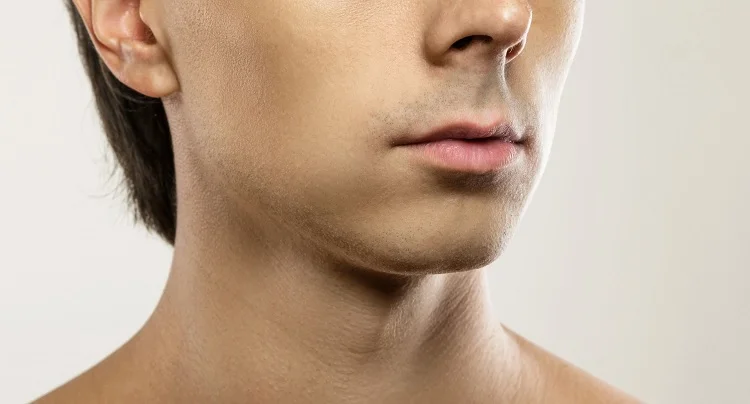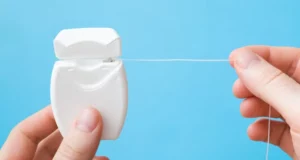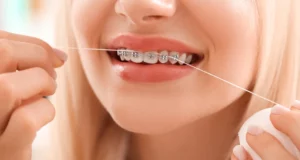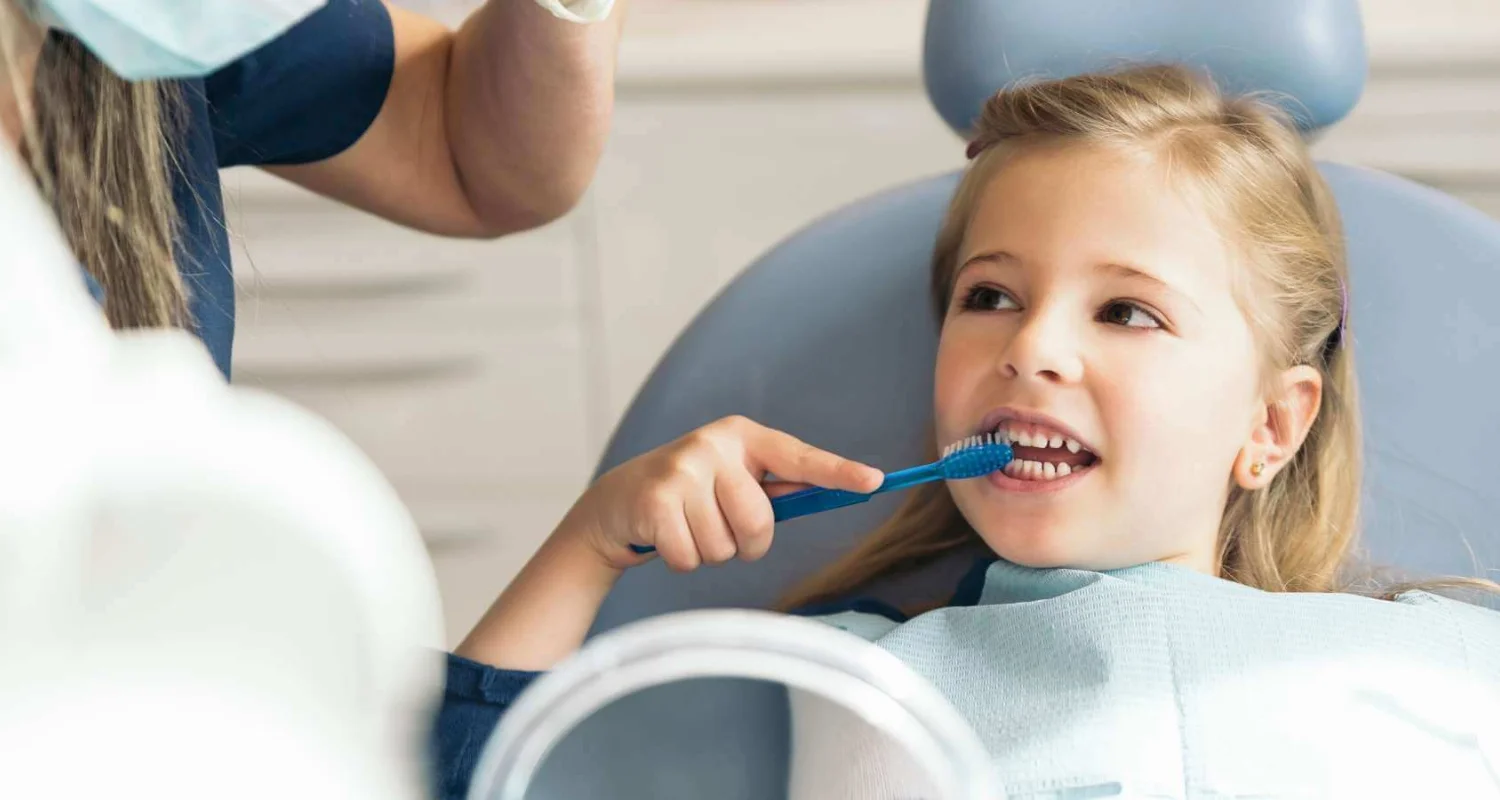Last Updated on: 1st July 2024, 04:34 pm
✓ Fact Checked 🕓
❙ Our team of writers, editors, and medical experts rigorously evaluates each article to ensure the information is accurate and exclusively cites reputable sources.
❙ We regularly assess how the content in this article aligns with current scientific literature and expert recommendations in order to provide the most up-to-date research.
What is mewing? A technique developed by British orthodontist John Mew and his son Mike Mew, which has gained popularity in recent years, is also associated with the boom of social media today.
There are a large number of people in favor of it, who report practicing this technique with great benefits (for example, some influencers). Also, there are other skeptics who do not believe that it can work properly.
This trend claims that it is possible to change the shape of a person’s face by applying exercises that involve the tongue and its position inside the mouth, but is this really possible?
What is Mewing?
Currently, people have smaller jaws compared to their ancestors, probably due to lifestyle, allergies that lead to mouth breathing, or access to softer and easier-to-chew foods, which do not allow for full development of this bone.
A smaller jaw leads to dental crowding (crooked and misaligned teeth), which makes the face less aesthetically pleasing.
Mewing involves lifting the tongue towards the palate and maintaining that position with the lips and teeth closed, in order to define the jawline and give the face a more square and aesthetic shape without the need for surgeries, appliances, or medications.
Additionally, those who are practicing it, claim that it also helps to align teeth and treat sleep apnea, sinusitis, snoring, bad breath, jaw pain, and other problems.
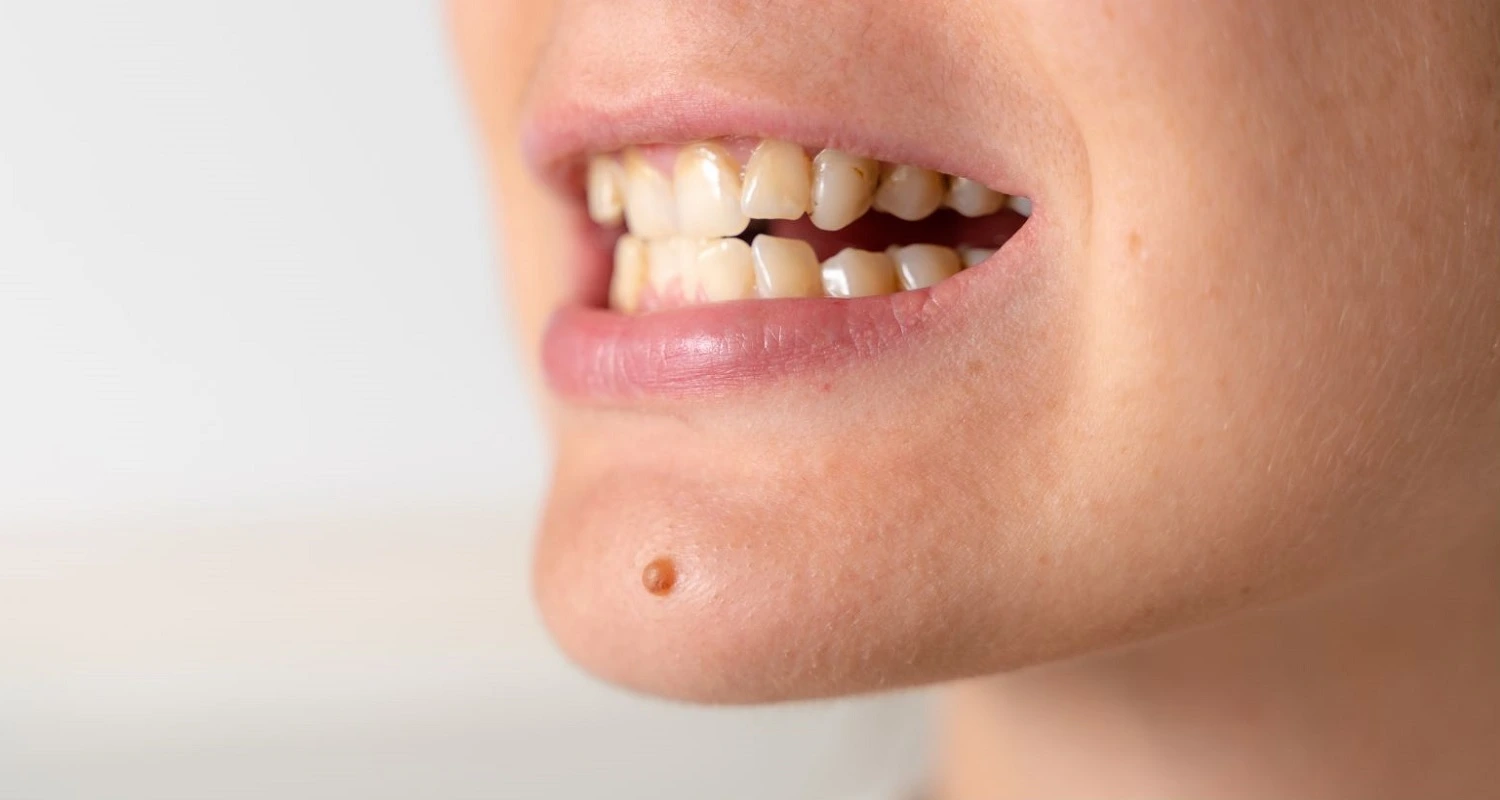
History of Mewing
This term comes from the surname of British doctors John Mew and his son Mike Mew, who developed this technique.
These doctors practice orthotropic, which involves altering the jawline and facial shape through exercises and facial and oral postures. This is a technique that has no scientific basis and is currently under investigation.
Since 2012, these doctors began to spread this technique through a YouTube channel, which was well-received by some people but also received many criticisms from others.
In 2017, The General Dental Council revoked Dr. John Mew’s dental license, as the professional had been publicly denigrating conventional orthodontics, extractions, and orthognathic surgeries, claiming that these practices were unnecessary and oral problems could be solved with mewing.
How Does it Work?
The technique may vary in some cases, but generally, the step-by-step process is as follows:
1. Close the lips, relax
2. Move the jaw until the lower front teeth are just behind the upper front teeth.
3. Cover the roof of the mouth (the palate) with the tongue, and feel the muscles working.
4. Place the tip of the tongue just behind the upper front teeth without touching them; the tongue should be roughly at the level of the palate where we pronounce the “n” or “ng.”
5. Focus on breathing through the nose and not through the mouth.
6. Maintain the position for as long as possible, starting with 10-20 seconds and then reaching a minute or more.
7. Repeat this exercise several times a day for several years. Over time, mewing will become a habit and be done naturally.
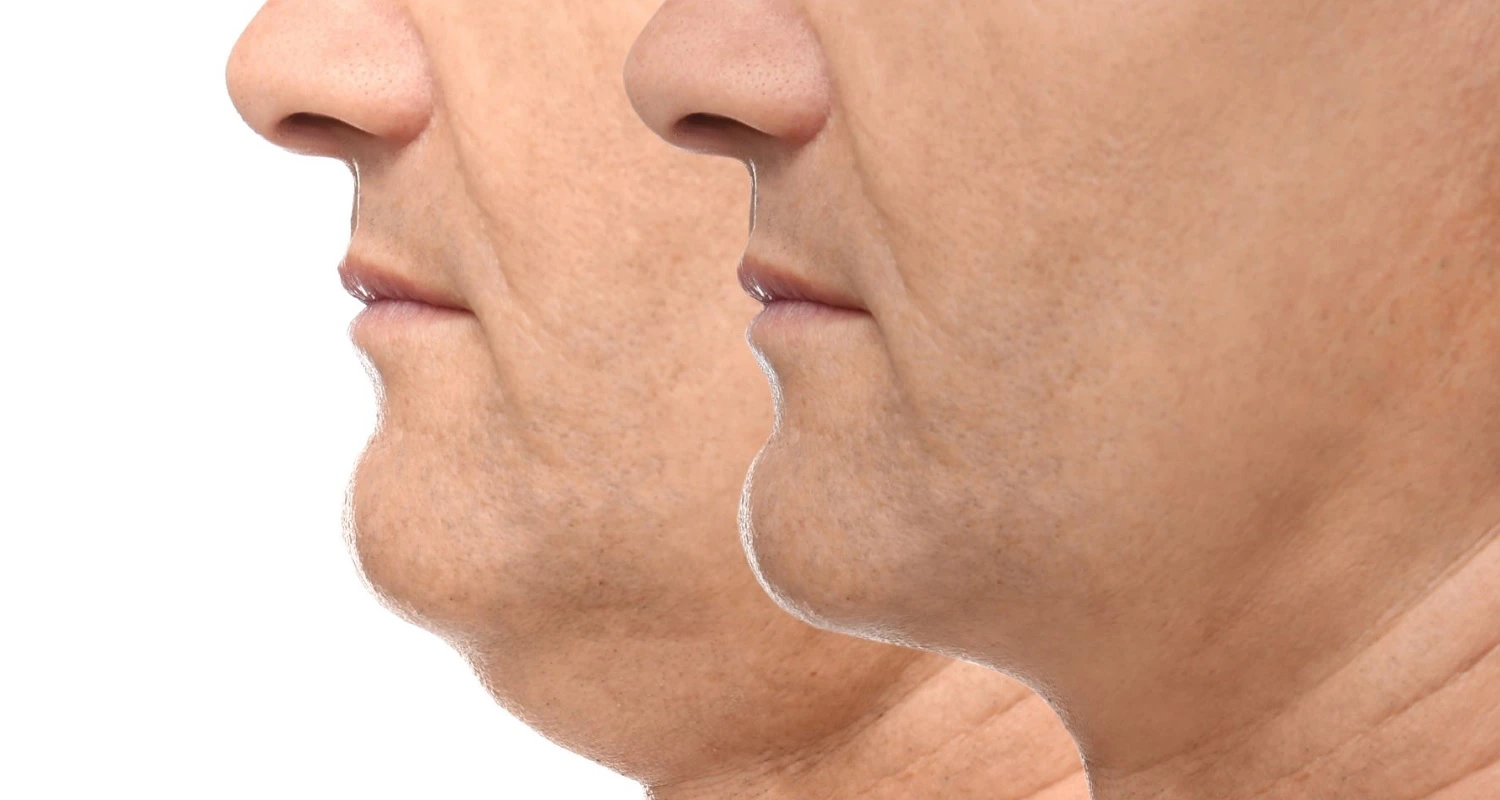
What are the Benefits of this Practice?
Doctors Mew and their followers claim to have the following benefits:
• Aesthetics: a more square and better-defined jawline
• Alignment of teeth
• Reduced dental crowding
• Encourages nasal breathing
• Improves the position of the head and neck relative to the body
• Reduces sleep apnea
• Improves jaw muscle pain
• Reduces sinusitis
• Prevents or improves speech disorders
• Reduces snoring
• Improves swallowing problems
Although the benefits of mewing are not proven, this practice aims to address known problems. It is recommended that children, as they are in a growth stage, chew harder foods and sugar-free gum to encourage jaw development.
Additionally, performing nasal breathing and swallowing exercises may help solve these problems.
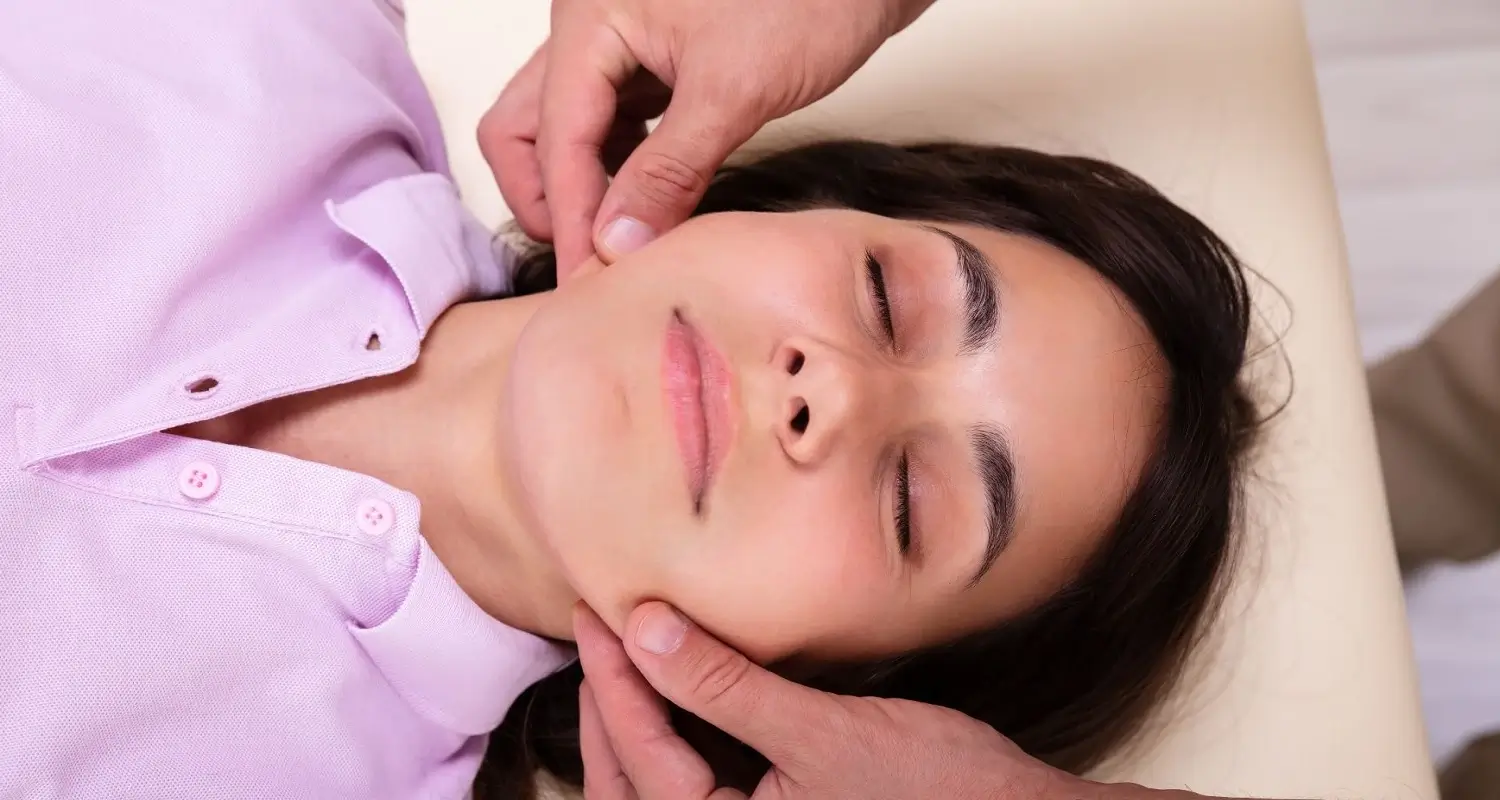
Is Practicing Mewing Risky?
In short, yes. It is not possible to change such a complex structure as the jaw without causing affectations or changes in other structures or organs of the body.
Some of these problems include:
• Misalignment of teeth
• Deviation of the jaw or maxilla
• Pain or dysfunction of the Temporomandibular joint (TMJ), which supports the jaw and allows it to make movements
• Loosening or fracturing of teeth due to changes in position and constant pressure
Before performing this exercise or any other related to the position and function of the tongue and oral structures, it is recommended to consult with a dentist about how beneficial or harmful it can be.
It is recommended and in which ones it is not, since many times by doing something good, it is possible to make a permanent mistake and affect your body.
Note: This technique is not recommended, as it does not have enough scientific evidence to support it as an adequate dental treatment, nor is it considered an alternative treatment to orthognathic surgery.
We have a comprehensive guide about the mistakes in mewing that can help you understand more regarding this topic.
Frequently Asked Questions
Does mewing actually work?
It’s unlikely that mewing will change your jawline, especially if you’ve already gone through puberty. There is no scientific research supporting its effectiveness.
How long should you mew each day?
To see real results, you should aim to mew consistently throughout the day, ideally 24/7, similar to maintaining good posture. While it may be challenging to remember to mew constantly, the more you practice, the more benefits you will notice.
What is the controversy surrounding mewing?
The controversy surrounding mewing stems from the lack of scientific evidence supporting the claims made by its proponents. Additionally, improper practice of this technique can lead to dental health issues. Therefore, it is recommended to seek advice from a dental surgeon rather than relying on untested methods like mewing.
Can mewing change your face shape?
Despite viral anecdotal claims that mewing can enhance facial structure, improve sleep, and relieve jaw pain, there is no scientific evidence supporting these benefits. Attempts to alter your jaw or teeth structure with mewing are not recommended.
Share:
References
1. Burch K. (Updated: September 19, 2022). Can Mewing Really Reshape Your Face? Verywell Health. https://www.verywellhealth.com/what-is-mewing-5087751
2. Cherney, K. (July 12, 2019). Everything You Need to Know About the Mewing Craze. Healthline. https://www.healthline.com/health/mewing
3. Daniel, K. (February 22, 2023). What Is Mewing? Everyday Health. https://www.everydayhealth.com/oral-health/mewing/guide/
4. Frysh P. (Reviewed April 9, 2021). What Is Mewing? WebMD. https://www.webmd.com/oral-health/what-is-mewing
5. Lee, U. K., Graves, L. L., & Friedlander, A. H. (2019). Mewing: Social Media’s Alternative to Orthognathic Surgery? Journal of Oral and Maxillofacial Surgery, 77(9), 1743-1744. https://doi.org/10.1016/j.joms.2019.03.024
6. Millhone C. (February 7, 2023). What Is Mewing—and Does It Actually Work? Health. https://www.health.com/mewing-7098082
7. Sissons, B. (February 24, 2020). Everything you need to know about mewing. Medical news today. https://www.medicalnewstoday.com/articles/mewing


